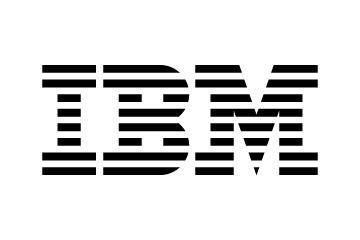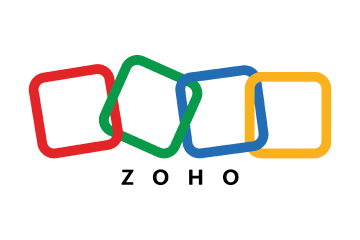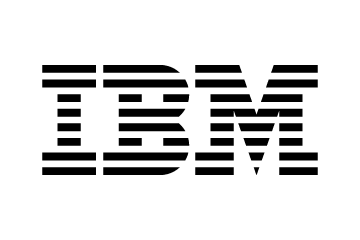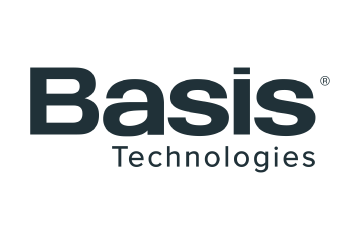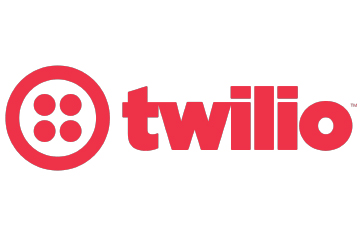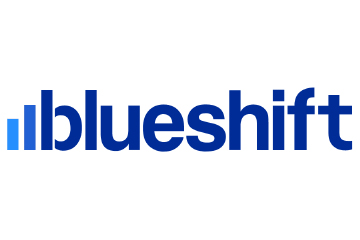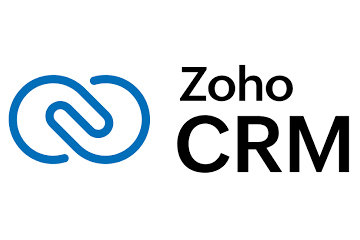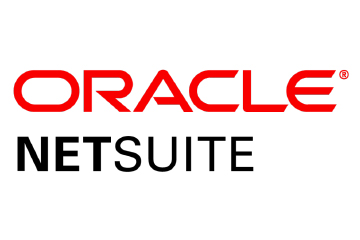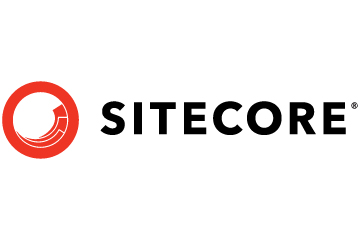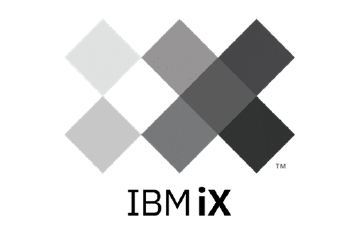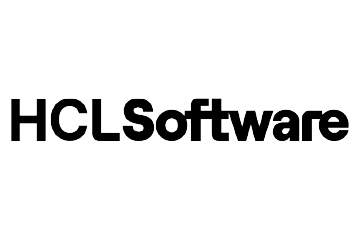Why Retail Success Hinges on Modern, Agile Order Management
Retailers must modernise their order management systems if they are going to satisfy the needs of the digital-native shopper, especially during sales seasons.
What to Read Next
- WunderKIND Ads, Yahoo DSP Expand Access to High-Intent CTV Moments
- Profound Launches Workflows to Scale Human-Grade AI Marketing
- Pinterest to Acquire tvScientific, Expanding Performance Advertising to CTV
- Nexxen Introduces Measurement and Optimisation to Nexxen Health
- Mundial Media Unveils Cadmus AI 3.0 for Contextual Advertising

White Friday is an unmissable opportunity for brands in the Middle East and North Africa (MENA). Last year, regional consumers spent 40% more during White Friday compared to a “quiet” period. While rock-bottom prices may be the defining feature of this season, the fundamentals of shopper satisfaction still hold true.
During this period, impulse often drives purchases, but that same impulsiveness manifests as impatience when waiting for delivery. The buying process must be smooth and so must the information flow to the customer from the warehouse, dispatcher, and delivery driver. If the consumer cannot get all that attention to detail – the product they want, when they want, how they want, through the channel they want – from one brand, then alternative suppliers are just a few clicks, taps, or swipes away.
Meeting these expectations is of course more challenging than ever before. Visiting a physical outlet – once imperative for shoppers – is now just one option. Today, we also have online and social channels, not to mention hybrid models such as Buy Online, Pickup at Curbside (BOPAC); Reserve Online, Pickup in Store (ROPIS); and Buy Online, Return in Store (BORIS).
Further complications are found in the myriad payment options retailers must accept for fear of losing a customer if they do not. Buy Now, Pay Later (BNPL) is just one example. Today’s order management systems must somehow cater to all these fulfilment processes and subprocesses or the brand will become irrelevant.
Legacy Systems Leave Retailers in the Lurch
For retailers, legacy systems cannot live up to the changes happening in order fulfilment. In the past, in some organisations, ERP platforms were adapted for order management, but ERP was never designed to meet the pace of change we see now. These legacy systems cannot cover new order processes because the order process itself is immutable.
It is hard-coded, meaning traditional ERP offers no means to redefine how an order works in a way that will delight the customer and preserve margins.
Accelerating at MACH Speed
This is a problem. Retailers are trapped by complexity and have no control over their newfound challenge of balancing customer promises and fulfilment costs as they migrate to unfamiliar hybrid-retail paradigms. Retailers must modernise their order management systems if they are going to satisfy the needs of the digital-native shopper, especially during sales seasons such as White Friday. What they need is MACH – microservices, API-first, cloud-native SaaS, and headless architecture.
As the acronym implies, this framework is designed around the speed and efficiency that the modern consumer demands. Microservices replace traditional monolithic architectures with smaller, independent modules, each of which is responsible for a specific business function.
Microservices allow retailers to develop, deploy, and manage individual components more efficiently. Order management systems can then respond to market dynamics, seasonal spikes and changing consumer preferences. In other words, the MACH-charged retail business can innovate more freely, introducing new features as soon as a need or opportunity arises.
Uniformity on Demand
API-first design also contributes to agility. It ensures all functionality is accessible via standardised APIs. Because there is a consistent interface across operating systems, platforms, and devices, organisations can make changes frictionlessly and integrate easily with social media channels. This ability to develop whenever, however they want allows retailers to continually streamline the ordering process and provide a unified shopping experience that looks and feels the same across all engagement channels.
Cloud-native SaaS brings the power of the cloud into the retailer’s orbit. The cloud is known for its unparalleled scalability, flexibility, and always-on reliability. Retailers gain access to all the elements required to build up-to-date user experiences, including the reliable data storage and hosting solutions that will allow the business to efficiently manage large volumes of orders and data.
Additionally, the retailer benefits from elastic scaling and automatic updates. This not only means its IT department can dedicate itself to more creative tasks; it means that business functions can expand and contract to fit fluctuations in consumer demand.
Meanwhile, headless architecture – a decoupling of the front-end user interface from the logic of back-end systems – allows retailers to focus more directly on personalised shopping experiences that span multiple channels.
More specifically, the headless approach allows enterprises to tailor the experiences they provide to cater for social-media shoppers and still maintain consistency across all touchpoints. With this final element in place, retailers can start to engage customers wherever they are, no matter what device or platform they are using – website, social pages, or app.
Green Light for White Friday
As MENA retailers gear up for White Friday, they need to ensure they have a modern order management solution in place. This calls for the MACH framework. It is the only approach that guarantees the flexibility to make personalised promises to consumers throughout their journeys. MACH adds value because it is built to boost conversion rates and loyalty, while shrinking return rates. This strategy ensures success, not only in peak sales periods, but throughout the year.
























